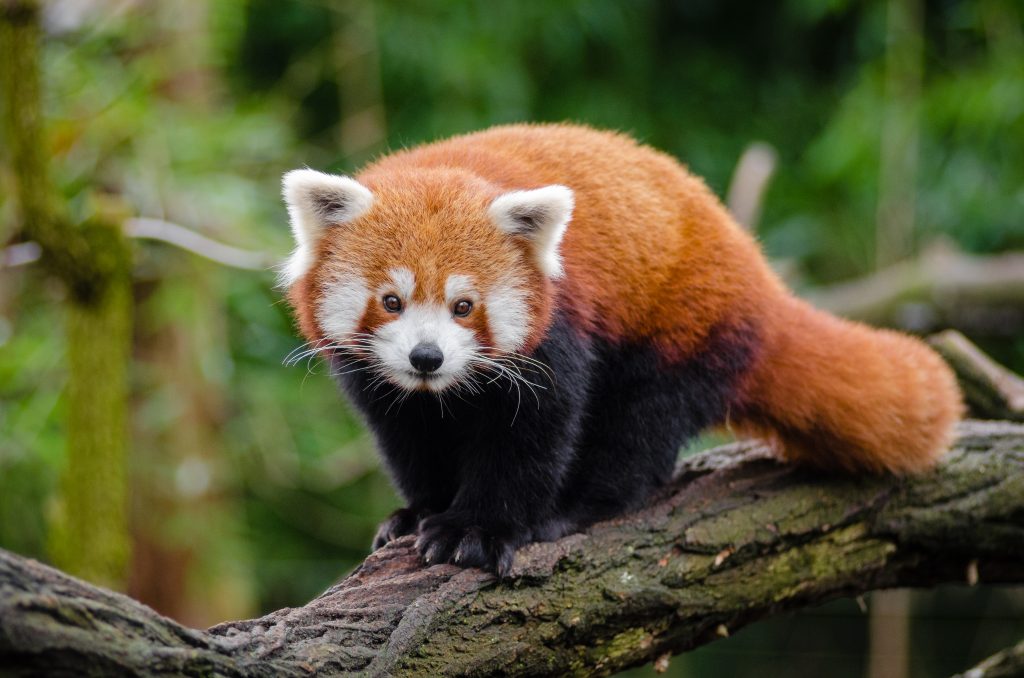Have you ever seen a red panda in the zoo? While the wild population has halved from 5000 to 2500. Yet at the same time the number in zoos has increased.

Europe now has about 407 individual red pandas and while figures are harder to find elsewhere, there are probably more red pandas now in zoos which in comparison to the giant panda population in zoos is around 500 world wide. Why is this?
Well, red pandas have wider diets, meaning they are easier to keep alive and thriving. They are significantly smaller, as well as spending a great deal of time climbing; while this often makes it hard for guests to spot the red furballs, it means that a small enclosure can happily contain a few red pandas. At the current time, only Johannesburg zoo has red pandas in Africa, though if they continue to do well in Europe, one could imagine that their number will increase over time.
So why has their wild prospects been so different over the last few decades?
Largely, it comes down to money and fame. The Chinese government has been using Panda diplomacy for quite some time, as well as working hard on the number of wild giant pandas.
Unlike giant pandas, it is easy to overlook red pandas, and in Nepal 70% of their population lives outside reserves. This means that habitat fragmentation hits them particularly hard. Livestock farming is also a threat as herders take over previously wild areas. Free roaming dogs carry illnesses that red pandas can die from, as well as a long established poaching and illegal trade in both alive and dead red pandas. Unfortunately bamboo life cycle means that from time to time, all the bamboo from a large area will die off – now red pandas are less exclusively reliant on bamboo, but still up to 98% of their nutrients can come from bamboo, which means that whole communities of red pandas can be wiped out. Finally, living in cold regions, like giant pandas, red pandas are highly threatened by climate change.
So will this little diminutive panda be allowed to slide towards extinction as the giant panda hogs the spotlight? Well in places giant panda conservation will help as they live alongside each other.
I suspect as with other species, a tourism industry based on the red panda may well help with its conservation, but time will tell. If you run a reserve where these fascinating animals live we would live to work with you, on increasing the number of tourists visiting.











